Review
Seventh Chords
Review the fundamentals of seventh chords. Make sure you understand qualities, naming conventions, and inversions.
Structure of Dominant Sevenths
Dominant Seventh chords are major-minor type seventh chords (Mm7). In a major key, the only diatonic occurrence of a Mm7 is on the 5th scale degree, hence the name ‘dominant’ seventh.
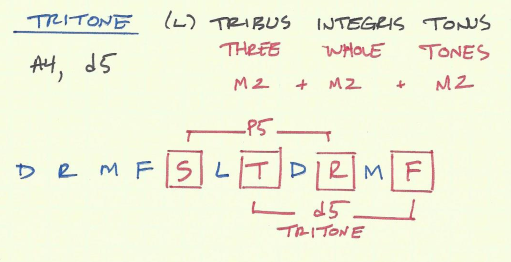

Another way to look at the dominant seventh is as a combination of the dominant and leading tone triads in a major key.

The harmonic relationship between V7 and I is at the center of the language of the Common Practice Period.
Structure of Leading Tone Sevenths
Depending on the piece being in major or minor, leading tone seventh chords have two different qualities:
Major
The leading tone seventh chord is a diminished-minor type seventh (dm7). This is also called a ‘half-diminished’ seventh chord.
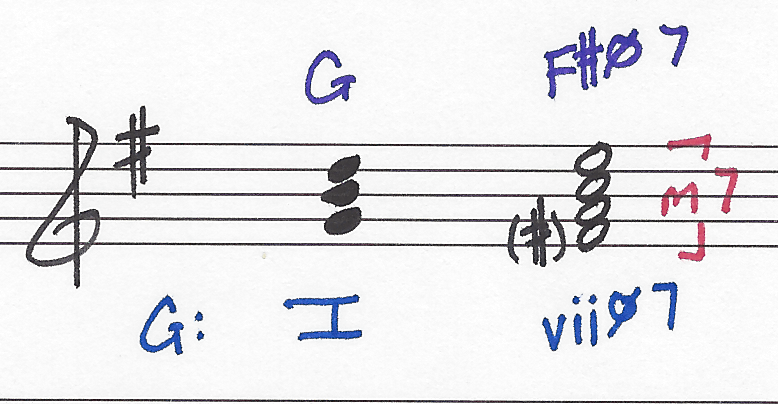

Minor
The leading tone seventh chord is usually a diminished-diminished type seventh (dd7). This is also called a ‘fully-diminished’ seventh chord.
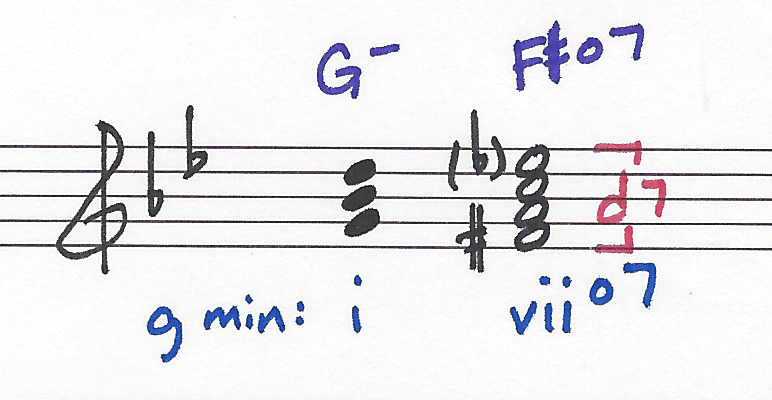

A leading tone seventh is a common substitution for a dominant seventh because of the common resolving tones.
Dominant and Leading Tone Sevenths Chart
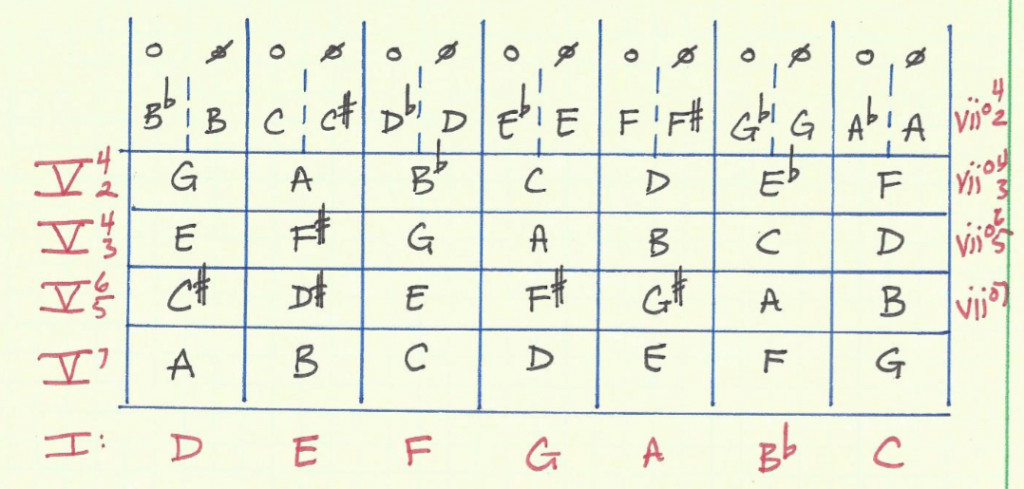

The Tritone
Dominant seventh chords, leading tone triads, and leading tone seventh chords contain the interval of a tritone (d5 or A4). The tritone is an interval with a lot of potential energy. Harmonically, it says ‘let’s go somewhere.’

The diatonic tritone occurs between scale degrees 4 and 7. These are also the diatonic semitones in a major scale. The ‘most correct’ melodic resolution of the tritone is to resolve 4-3 and 7-8.
Resolution of Sensitive Tones
Note the retention of the common tone (scale degree 5) as the sensitive chord tones resolve either outward or inward by a half step. (4-3 and 7-8)
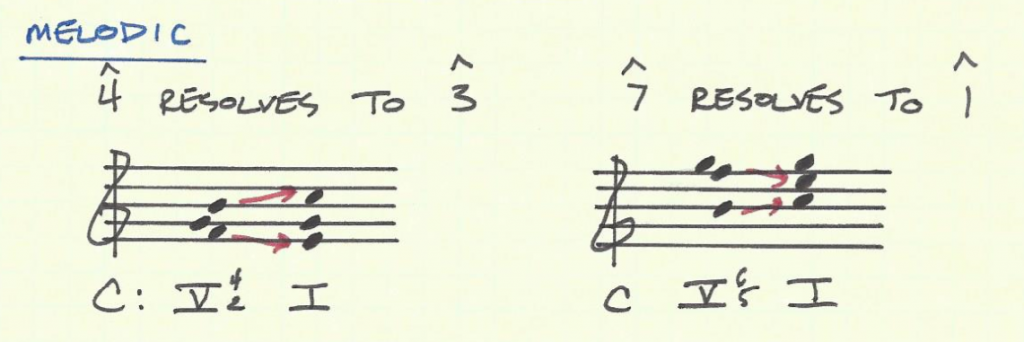

Doubling (or lack of doubling)
When all four chord tones are present in a dominant seventh chord, the correct resolution of chord members can leave the I chord without a 5th. This is a correct melodic resolution. It is also a correct harmonic resolution (though less melodically effective) to resolve the leading tone to the 5th of the I chord, so that all chord members are present.

When the root of the dominant seventh chord is doubled, omit the 5th and follow the melodic resolutions described above.

Seventh Chord or Embellishing Tone?
It is important to look at the context of the music when deciding whether to analyze a seventh as an embellishing tone or as a seventh chord. The quick and easy rule to follow is: if the seventh lasts as long as the rest of the chord, analyze it as a seventh. Otherwise, consider it an embellishing tone.

Leave a Reply